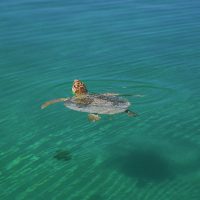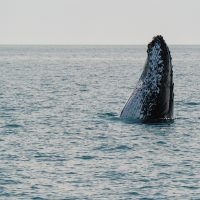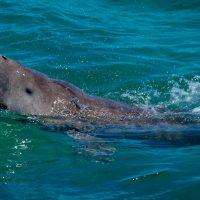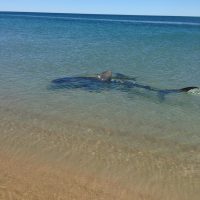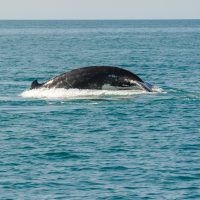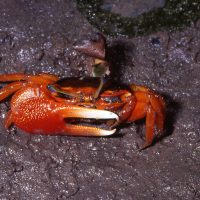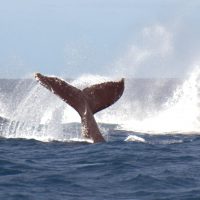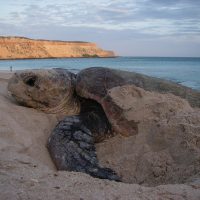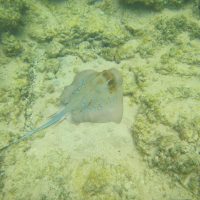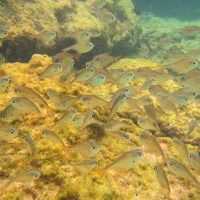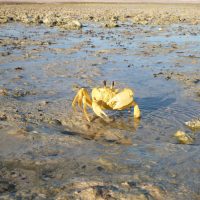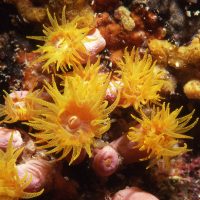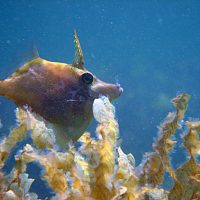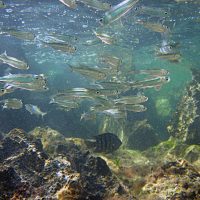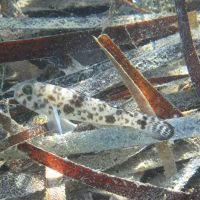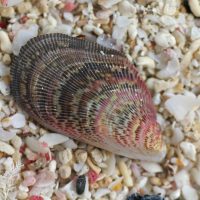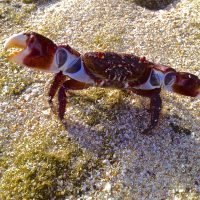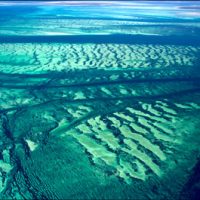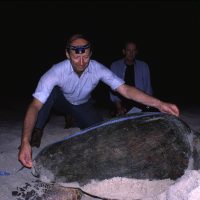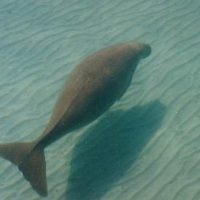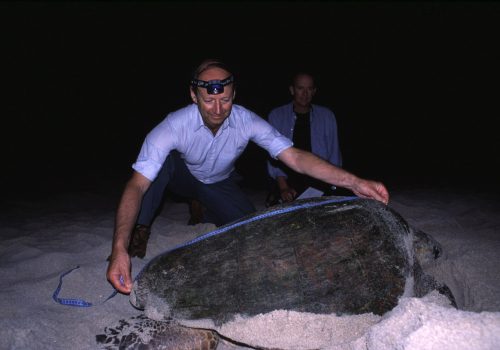Shark Bay Marine Reserve
Over 70% of the Shark Bay World Heritage Area is marine and many of the reasons for Shark Bay’s World Heritage listing are within these waters. The shallow and mostly protected bays host over 10,000 dugongs; the world’s largest seagrass beds; and representatives of the earth’s oldest lifeforms, stromatolites.
Shark Bay Marine Park encompasses 748,725 hectares and Hamelin Pool Marine Nature Reserve covers a further 132,000 hectares. These reserves were created to ensure the long term protection of important natural treasures like the stromatolites and seagrass beds while allowing you to enjoy these places.
Download the Shark Bay Marine Reserves brochure for details.
Visit the things to do pages for boating and fishing information.
See the travel advice pages for information about safety and the activities of interest to you.
Shark Bay is home to more than 10,000 dugongs (Dugong dugon), about 10% of the world population of this globally vulnerable to extinction species. Dugong breeding and foraging behaviour have been researched, as has their interaction with predators such as tiger sharks. Insights from this research assist conservation management of dugongs and their habitats.
Comprehensive tagging and tracking studies in Shark Bay have shown dugongs avoid water temperatures less than 18º C and that dugongs in Shark Bay migrate from the shallow waters of the inner gulfs in summer to warmer deeper waters during winter, switching their diet between different species of seagrass as a result These research programs conducted in conjunction with the local Indigenous group of Shark Bay complemented traditional knowledge from the local Malgana and Nhanda peoples of Shark Bay.
More than 6,000 marine turtles live in Shark Bay, including the globally endangered green turtle (Chelonia mydas) and loggerhead turtle (Caretta caretta). Research projects have revealed much about their diet, habitat and role in the Shark Bay marine ecosystem.
One major project is ongoing monitoring of nesting loggerhead turtles. Shark Bay is one of Australia’s most important nesting areas for these turtles and the size and health of Shark Bay’s loggerhead turtle population has been monitored since 1994. The research at Turtle Bay on the northern end of Dirk Hartog Island involves volunteers and researchers measuring and tagging turtles after they have laid eggs.
Researchers are learning about turtle survival rates, migration, breeding success, and the recruitment of newly matured turtles into the breeding population.
Turtles take more than 30 years to reach maturity, nest every 3–5 years and can live more than 100 years. Long-term study is helping researchers understand turtle life cycle and identify regular patterns of behaviour and responses to unexpected events.
Findings from the monitoring program will ultimately lead to better management decisions to meet the species’ conservation needs.

